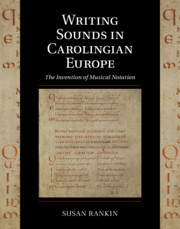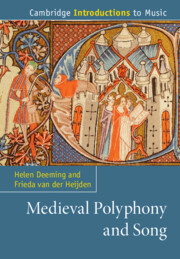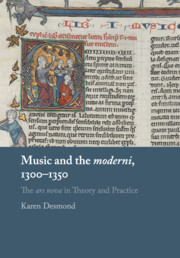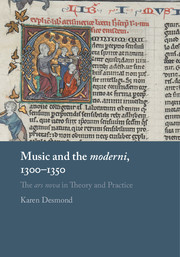Writing Sounds in Carolingian Europe
Musical notation has not always existed: in the West, musical traditions have often depended on transmission from mouth to ear, and ear to mouth. Although the Ancient Greeks had a form of musical notation, it was not passed on to the medieval Latin West. This comprehensive study investigates the breadth of use of musical notation in Carolingian Europe, including many examples previously unknown in studies of notation, to deliver a crucial foundational model for the understanding of later Western notations. An overview of the study of neumatic notations from the French monastic scholar Dom Jean Mabillon (1632–1707) up to the present day precedes an examination of the function and potential of writing in support of a musical practice which continued to depend on trained memory. Later chapters examine passages of notation to reveal those ways in which scripts were shaped by contemporary rationalizations of musical sound. Finally, the new scripts are situated in the cultural and social contexts in which they emerged.
- Comprehensive study of the first appearances of musical notation, in early medieval Europe, much earlier than scholars had previously understood
- Delivers a crucial foundational model for understanding later Western musical notation
- Provides a close examination of both passages of notation and individual neumes to explore how Carolingian scripts were shaped by contemporary rationalizations of musical sound
Reviews & endorsements
‘… offers a clear advance in knowledge and a much improved foundation for advanced discussions.' Roman Deutinger, Deutschen Archiv
Product details
December 2018Adobe eBook Reader
9781108383707
0 pages
42 b/w illus. 14 tables 75 music examples
This ISBN is for an eBook version which is distributed on our behalf by a third party.
Table of Contents
- Part I. Musical Literacy:
- 1. Writing music
- 2. Palaeographical study of neumatic notations (from 1681 to the present)
- 3. Music notations 800-900: the evidence
- Part II. Music Scripts:
- 4. Graphic techniques and strategies
- 5. Frankish scripts
- 6. Lotharingian and Breton scripts
- 7. Palaeofrankish script
- 8. Music scripts: conclusions
- Part III. Writing Sound:
- 9. Signs and meaning
- 10. Writing music: accents
- 11. The Carolingian invention of music writing.







